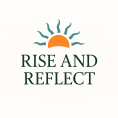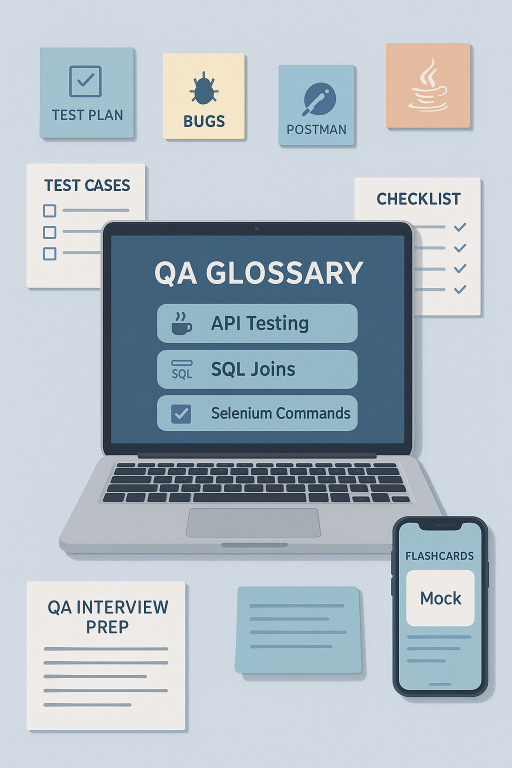The Quiet Strength of Exhaustion: Finding Hope in the Everyday
Why This Topic Matters
Exhaustion is more than a physical state—it’s an emotional landscape, one we quietly navigate daily without fanfare. Yet within this passion and pain, lies a silent resilience that connects deeply with our shared humanity. Exploring this hidden strength brings insight into how we persevere and heal, even when it seems impossible.
The Human Connection to Exhaustion
Exhaustion is not simply tiredness; it’s an emotional echo that reveals truths about our inner worlds. In a quiet moment, leaning against a car after a long shift, we witness the softest moments of bravery—persisting despite the weight of fatigue. Therefore, these moments become powerful reminders of how deeply connected we are through our vulnerability.
Real-Life Meaning and Cultural Echoes
The scene of a caregiver or worker pausing, utterly spent, amid fields of sunflowers evokes a poignant symbolism. Sunflowers often represent hope and brightness, starkly contrasting the silent heaviness of exhaustion felt after days spent giving endlessly. As a result, cultures globally recognize this emotional juxtaposition—the beauty in human endurance and the cost it exacts.
Stories of exhausted yet determined workers resonate deeply. Nurses, teachers, caregivers, and countless others embody the universal narrative of quiet, steady strength. Thus, these cultural echoes remind us to honor both the effort and the emotional toll behind everyday heroics.
How Art or Emotion Speaks Beyond Words
This emotional state, vividly captured in quiet portraits, transcends spoken language. Sunlight fading softly across a tired face communicates volumes about the complexities of human emotions. Such imagery reaches places within us that words alone cannot—expressing deep gratitude, empathy, and understanding.
Moreover, art like this invites contemplation, encouraging us to recognize and validate our own states of weariness. It allows the exhausted spirit a gentle acknowledgment, a chance to breathe amid life’s unrelenting pace.
Where This Belongs in the Modern World
In our fast-paced modern lives, exhaustion is often stigmatized, mistakenly viewed as weakness or inadequacy. However, reframing exhaustion as a powerful testament to human resilience offers transformative potential. Initiatives like art therapy recognize this emotional truth, embracing exhaustion as part of a broader narrative of healing and understanding.
Moreover, acknowledging exhaustion’s role encourages self-care practices that ground us in nature and mindfulness, offering restorative moments amid life’s chaos. Reflecting on these emotional realities through creative expression deepens our collective compassion and empathy.
Final Reflection
Exhaustion, seen through the lens of empathy and artistry, reveals profound strength. It’s in these quiet, reflective moments, beside fields of sunflowers or in silent solitude, that we discover the resilience woven subtly into our lives. Embracing this truth allows us to honor both our limitations and our endless capacity for hope.
To explore more soulful reflections that embrace life’s complexities, visit our Product Gallery—a curated space for emotional healing and inspiration.



